A flower garden is a fantastic way to enhance your home’s curb appeal and invite pollinators into your yard. However, designing the perfect flower garden can seem overwhelming, especially for beginners. Where should you place your garden? What types of flowers should you choose? How can you arrange them for the most visual impact? While these questions might seem daunting at first, the effort will be well worth it when you see your garden come to life. With the right tools, techniques, and a bit of creativity, you’ll be well on your way to creating a beautiful flower garden.
Choosing the Right Location for Your Flower Garden
The first step in starting a flower garden is selecting the ideal location. Consider the needs of the plants you want to grow, including their requirements for water, sunlight, and soil type. For instance, if you’re planting full-sun perennials, choose a spot that receives at least six hours of sunlight daily. Plants that thrive in full sun will struggle in shady spots, and those suited to shade will wilt under intense sunlight. Additionally, assess your yard’s irrigation and drainage. Avoid planting in areas that retain water, as this can lead to root rot. Opt for a location that drains well and dries evenly after rainfall.
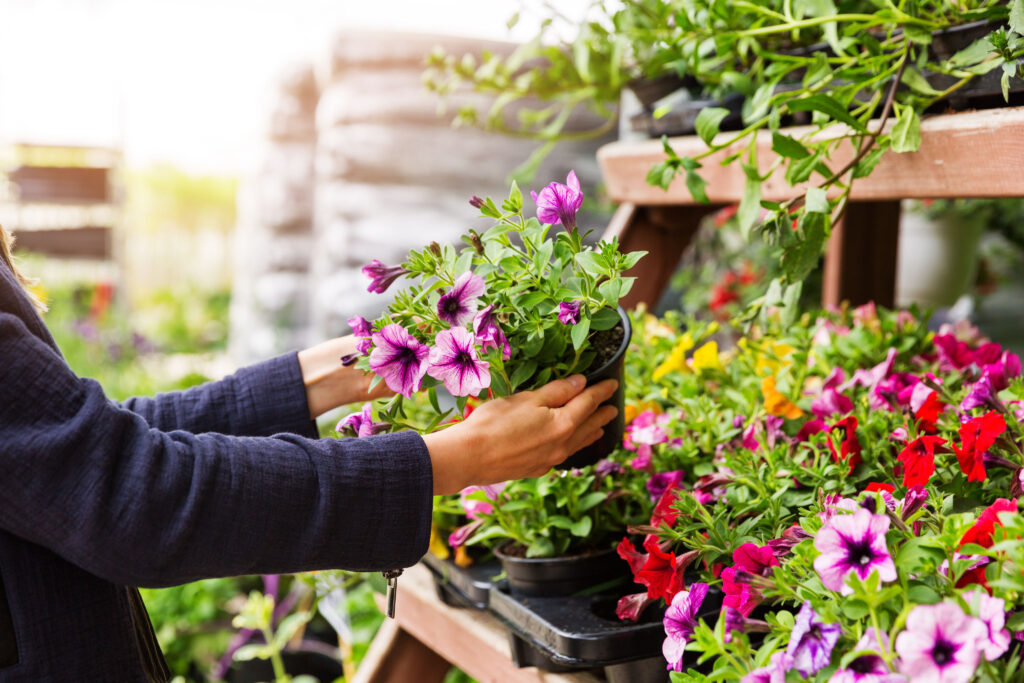
Testing Your Soil
Testing your soil is a valuable step before planting, as it reveals the soil’s pH and nutrient levels. This information helps you determine what soil amendments might be necessary. Different plants have varying nutrient needs, so be sure to research the specific requirements for the flowers you choose.
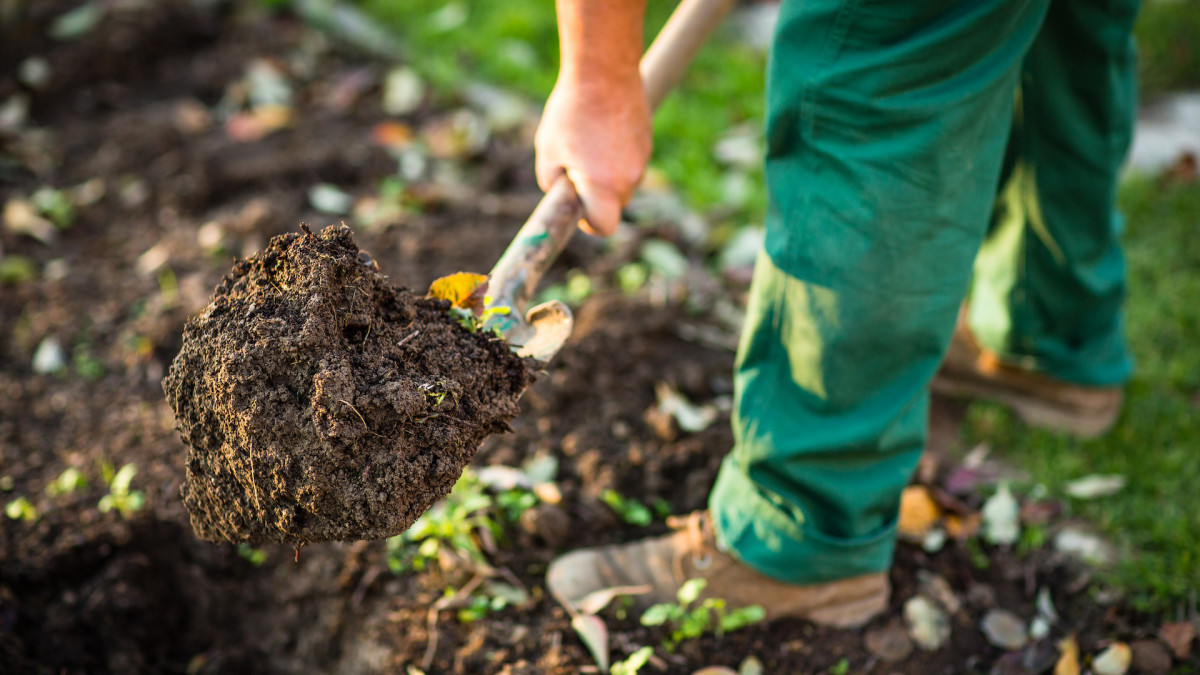
Preparing Your Flower Bed
If you don’t already have a flower bed, you have two options: create an in-ground bed or use a raised bed. For an in-ground bed, remove all existing vegetation, including grass and weeds, before turning the soil. Raised garden beds, on the other hand, are often ready to use with minimal preparation—just fill them with the appropriate soil and start planting.
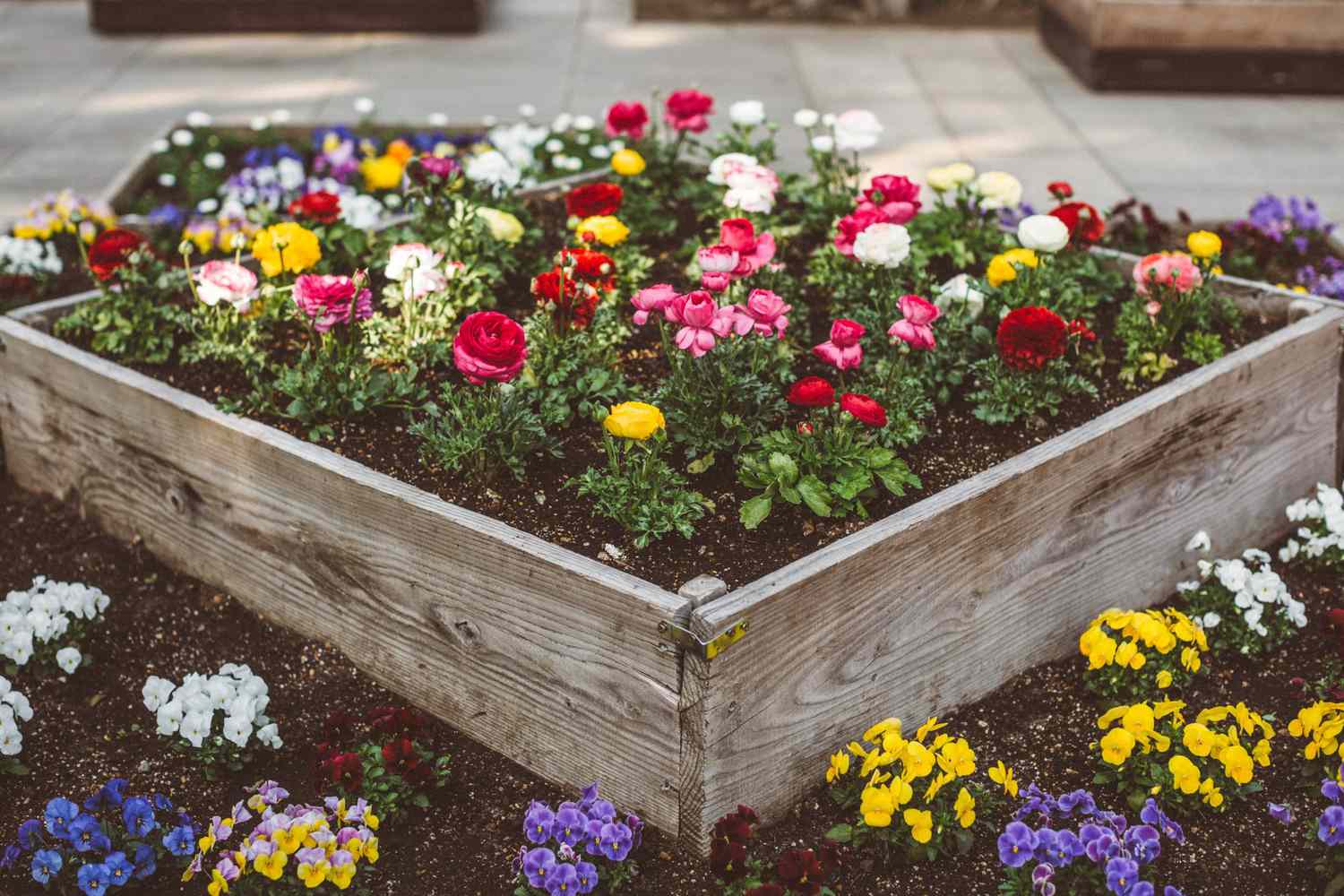
Selecting Your Flowers
The choices for flower varieties are vast, which can make selecting the right ones challenging. Start by determining the purpose of your garden. Are you looking to create a cutting garden for flower arrangements? A low-maintenance garden with native plants? Or a garden that attracts pollinators like butterflies and bees? Understanding your garden’s purpose will help you choose the best flowers for your needs.
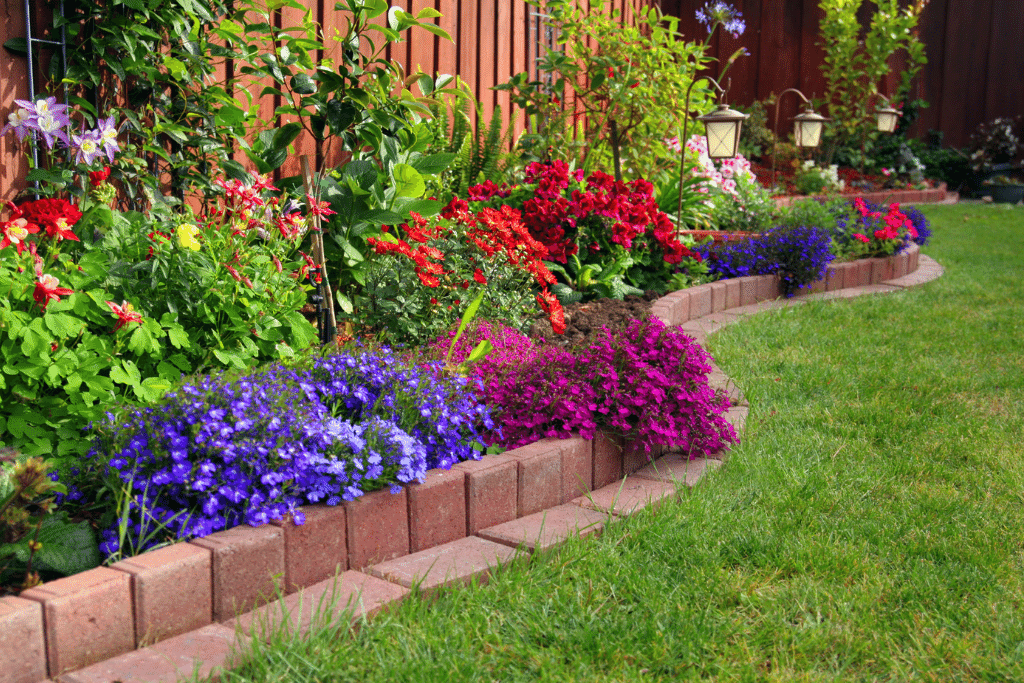
Designing Your Flower Garden
With your location chosen, bed prepared, and flowers selected, it’s time to design your garden. Your flower bed should be a focal point of your yard, so aim for a design that you enjoy viewing every day. Curved lines tend to be more visually appealing than sharp edges, as they guide the eye through the space.
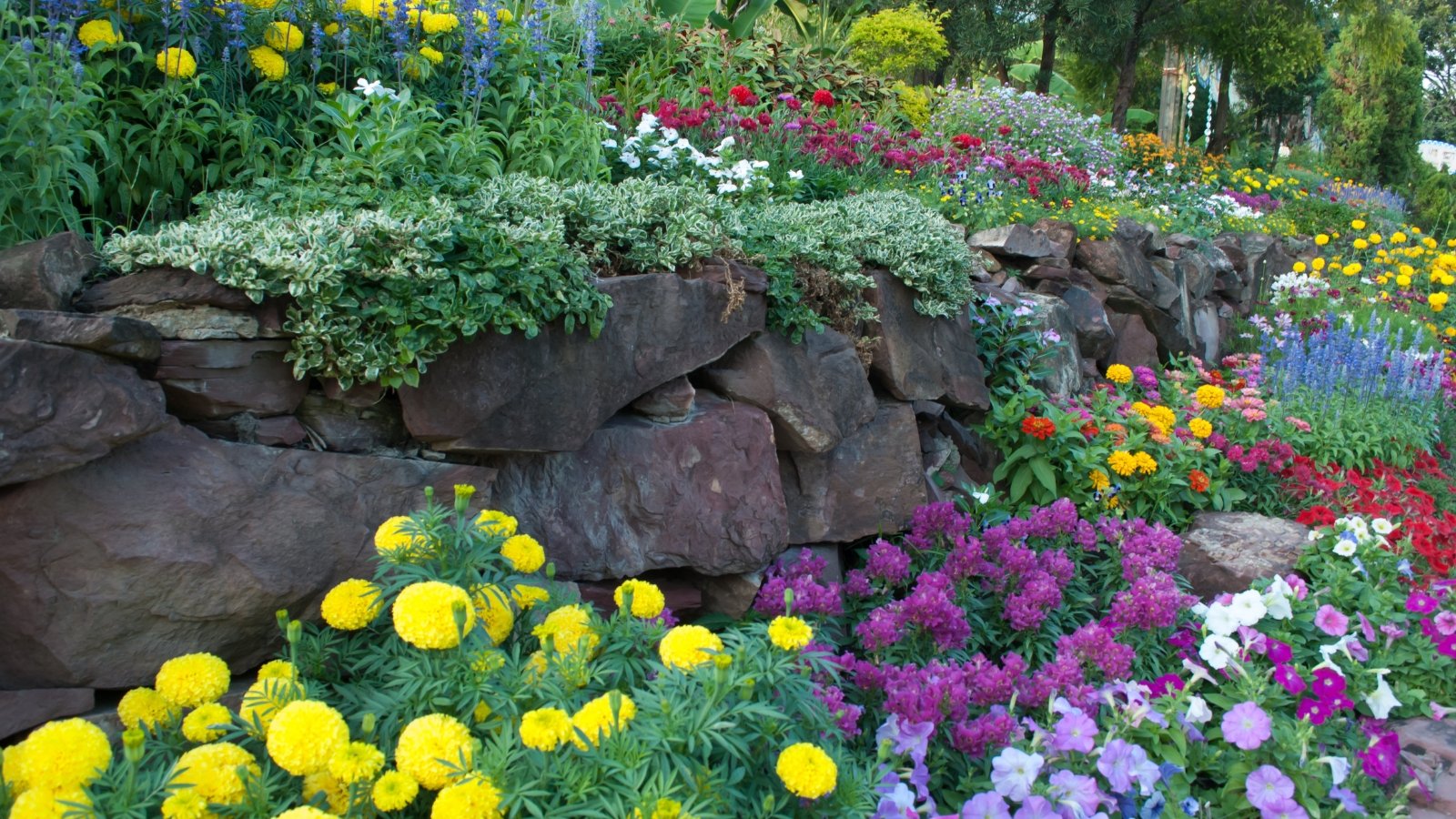
Choosing a Color Scheme
Decide on a color scheme by choosing two to three main colors and a variety of flowers. Limiting your color palette can create a cohesive and professional-looking garden.

Clustering Flowers in Odd Numbers
For a natural and less formal look, plant flowers in clusters of odd numbers, such as threes or fives. This arrangement often appears more aesthetically pleasing as the plants mature.
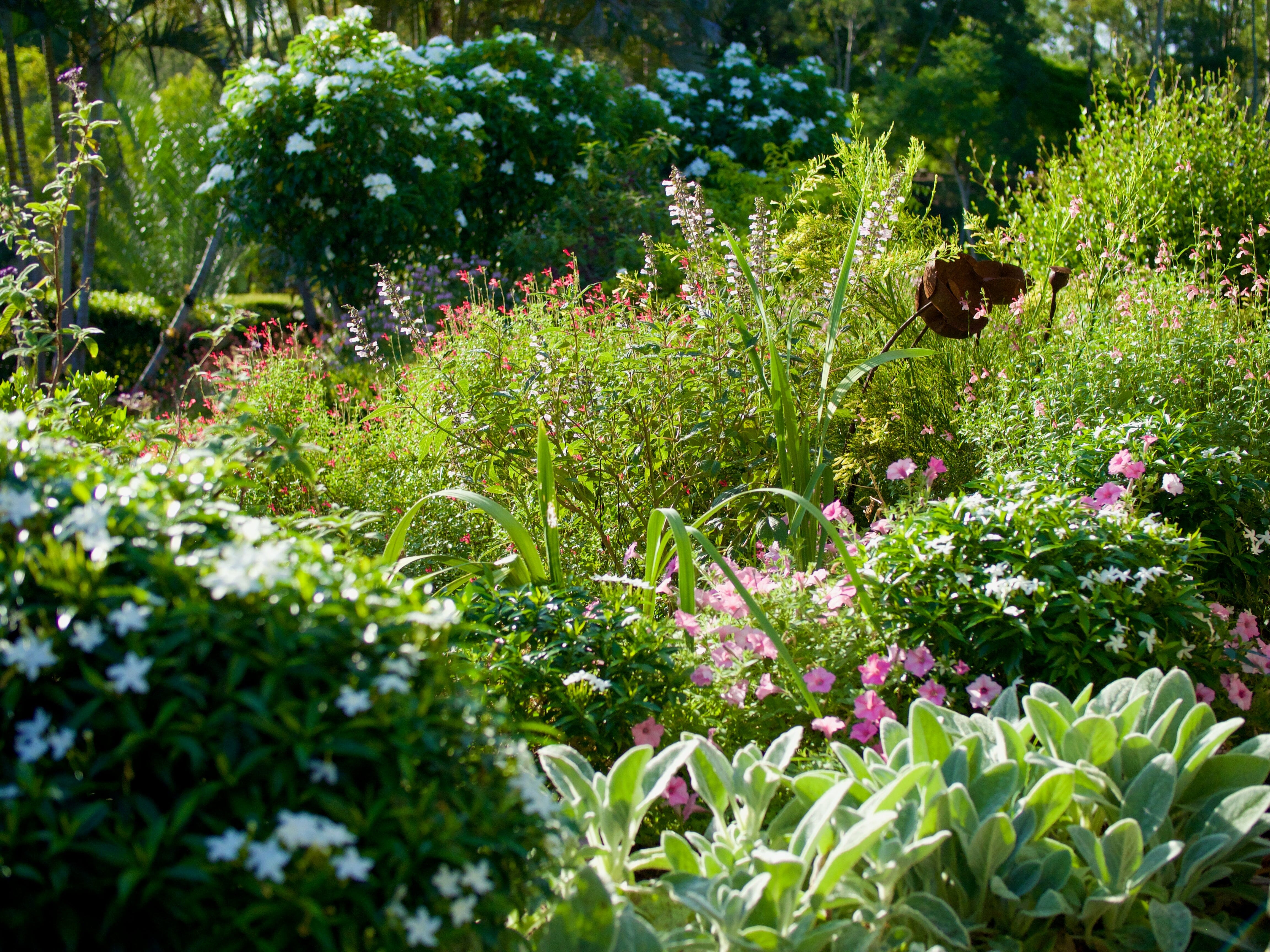
Mixing Perennials and Annuals
Add dimension to your garden by combining perennials and annuals. Keep in mind that perennials generally take about three years to reach full maturity. Use annuals to fill gaps and provide color while waiting for your perennials to grow.

Choosing Focal Flowers
Think of your garden design as you would a flower arrangement, incorporating focal flowers, greenery, and filler flowers. Focal flowers, such as roses with symmetrical petals, should be placed towards the back or center of the bed. Complement them with spike flowers (like snapdragons) and airy flowers (like feverfew) closer to the front. These fillers will add depth and variety to your garden.
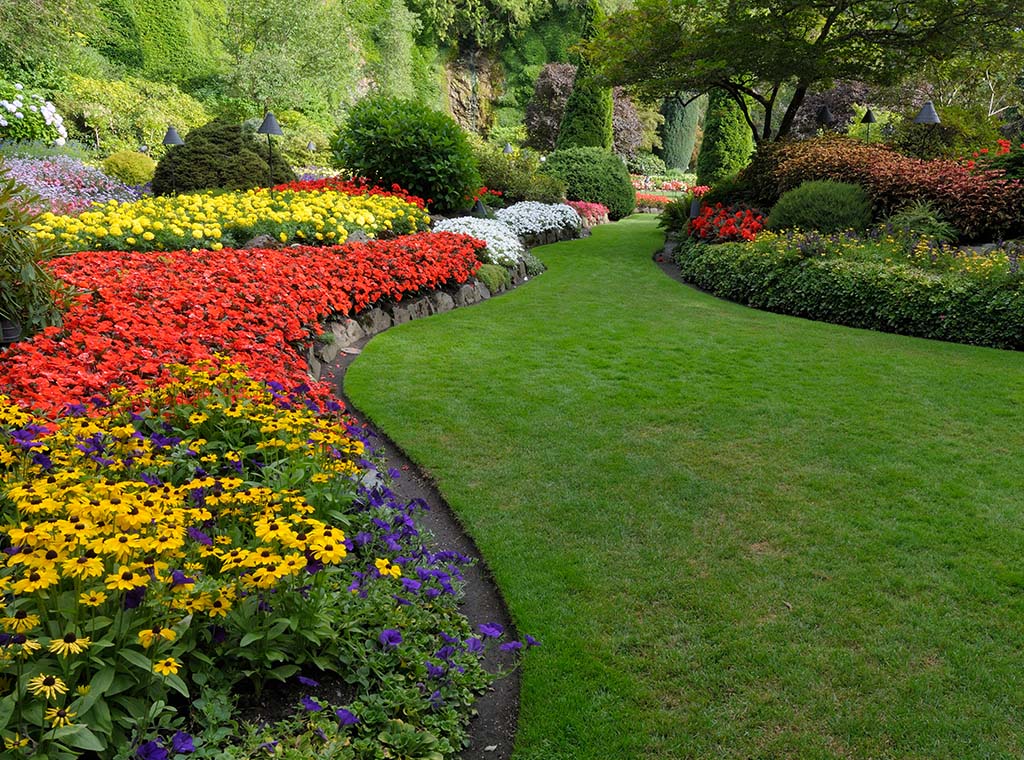
Bringing Your Flower Garden to Life
Designing and planting a flower garden is a rewarding process that enhances the beauty of your home and provides a haven for pollinators. With careful planning and attention to detail, you can create a vibrant and captivating garden that blooms with color and life. Remember to enjoy the process and be patient as your garden evolves and matures.
Regular maintenance, such as watering, weeding, and pruning, will keep your flowers healthy and thriving. Over time, you’ll see the fruits of your labor transform into a stunning display of nature’s beauty. Embrace the joy of gardening, and take pride in the garden you’ve nurtured. With each season, your flower garden will continue to grow and flourish, bringing you endless pleasure and admiration from all who see it.
